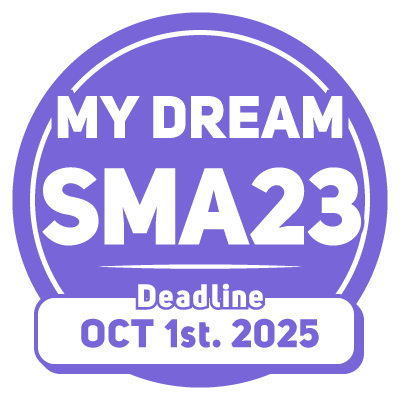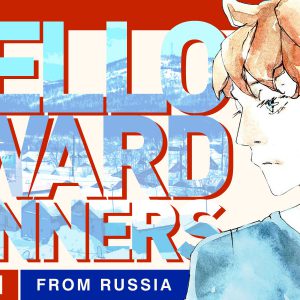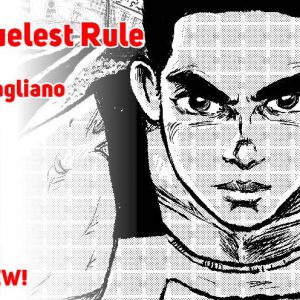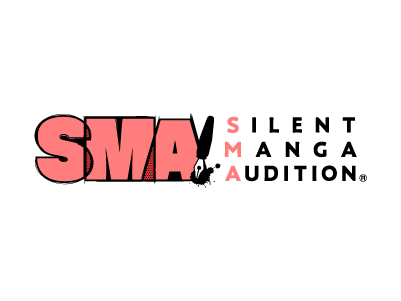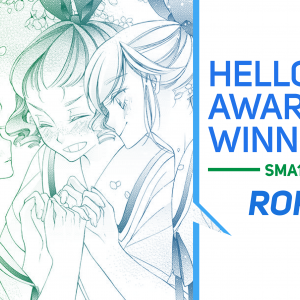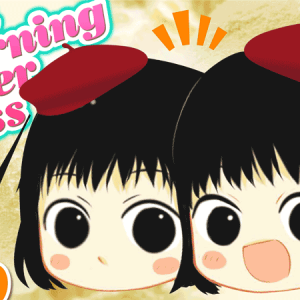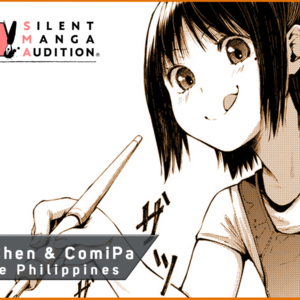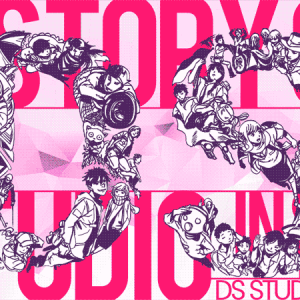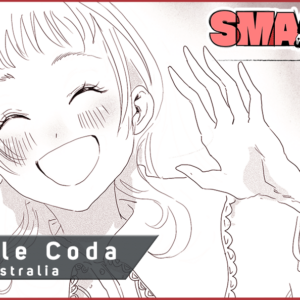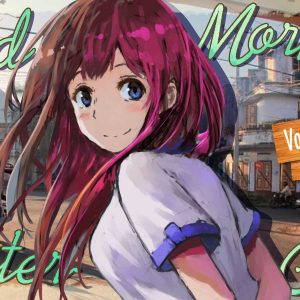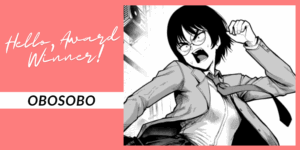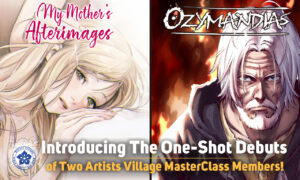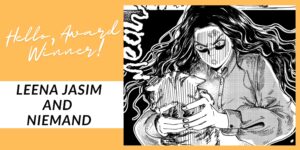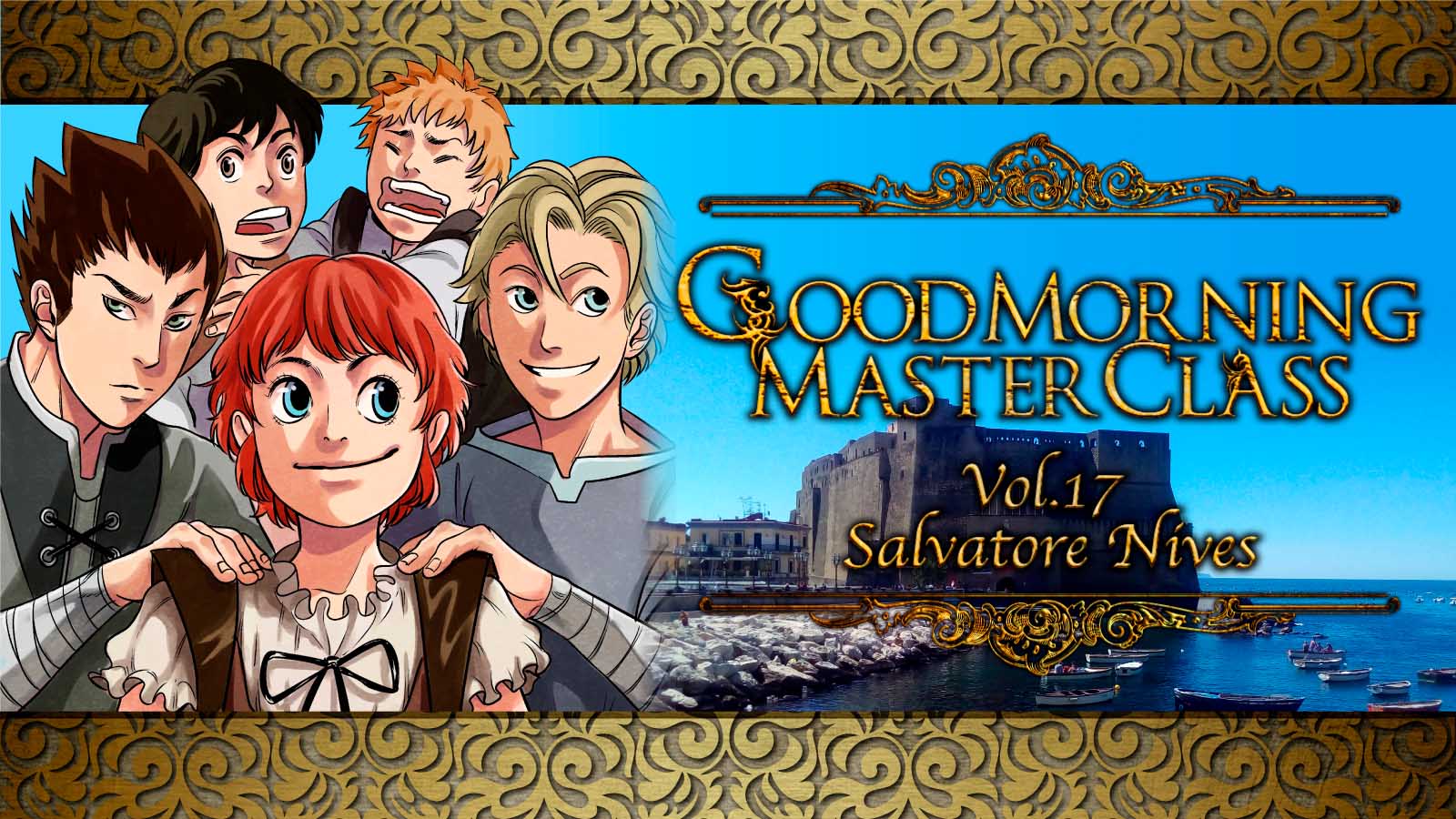
This week’s SMA MASTER CLASS, begins introducing the SMA MASTERCLASS 2017, the 3rd year fresh members who will be coming to Tokyo in 2017!
We kick it off with a new face from Italy, Salvatore Nives☆
This will be his second trip to Japan with us, as he has already won SMA-EX1, the Fukushima round.
He revealed his secrets in capturing readers hearts, and winning SMA rounds too 😉
Good Morning Salvatore!
INTERVIEW WITH Salvatore. “When we played and talked with the kids of Fukushima Prefecture, above all, that was a really fun moment!” 1. Tell us a little bit about where you live? I live in a little town in South Italy called SMAV (Santa Maria A Vico). It’s actually a pretty common and calm little town in the south, but it’s only 35 minutes by car from the amazing city of Naples, where I also lived for some years during my University experience. Naples is actually my second home. It’s got amazing food, history, art/architecture, and landscapes!
2. What kind of fun adventures have you had as a manga creator?
My biggest adventure as a manga creator was definitely 100% my last trip to Japan for SMA EX1. Along with other amazing artists from all over the world, the great company of SMA, the superb sensei’s, and the children from Fukushima Prefecture we all really had such great time full of fun and excitement! When we played and talked with the kids, above all, that was a really funny moment!
3. What’s your work space like? What tools do you use? Let us see it!
I have two workspaces. Digital and Traditional area!
For the traditional workspace, my father built a sloping table on his own that I’ve been using since my high school days. In this space I have all sorts of nibs, inks, manga tools, watercolors, copics, etc. for my traditional work. But, these materials are really expensive for someone outside Japan. So last year I decided to buy a Cintiq 13HD and started to draw comics almost full digital.
Now, for my professional works, I spend most of the time in my “digital area” workspace.
4. How do you practice drawing?
“I try to practice a little bit everyday with anatomy and human poses in different angles.”
I try to practice a little bit everyday with anatomy and human poses in different angles. I usually use photo references, 3D models, or anatomy books for the cause. Youtube is also a great resource sometimes. Specific channels do have some live drawing sessions where you can observe the model and sketch it like it’s in front of you. This kind of exercise help a lot!
5. Tell us how you schedule your creations! How long does it take for each step in the process? Which step is your favorite and least favorite?
The schedule depends on “when” the deadline is. I divide the work in “steps” (name, pencilling, inking, toning, lettering, and onomatopeas) and decide the amount of work per day to survive to the deadline.
My favorite step is absolutely pencilling and inking. My least favorite is probably the name/storyboard phase.
Actually, I just love that step so much as well because it’s the first moment you actually visualize sequences and emotions on paper. It’s a really exciting stage! Though, it always ends up being such a critical, difficult, and important step that it takes A LOT of brain suffering. Also, it is a very pressuring phase as well, since if you can’t have a good name done you won’t have a good manga in the end, no matter how hard you try to fix things later. I think that makes the name-phase my least favorite, while pencilling and inking is a lot more relaxing to me.
“It’s the first moment you actually visualize sequences and emotions on paper.”
6. Tell us about your preferences when drawing manga? What kind of advice do you have for creating characters?
Characters are the most crucial part of creating manga in my opinion. That’s pretty much my main guideline when drawing stories: “feel the character true and real.”
I spend a lot of time just on thinking about the characters. I try to visualize them as real people and often ask questions to them and imagine their answers and reactions as if I’m speaking to a friend.
My main rule is: “the characters lead the story,” and not the other way around. When I feel the story is making the character do something not fitting with his personality, I usually understand there’s something wrong that needs to be changed.
Even if crucial events can have a certain effect on characters, I usually want the characters’ emotion and dreams to define the main storyline and change it freely, not the other way around.
“My main rule is: “the characters lead the story,” and not the other way around.”
7. Tell us about you preference for manga storytelling! What kind of advice do you have for creating a story?
When I was studying manga with my teacher Midori-san, she taught me one simple, but crucial rule. In a manga, the “narrative time” and “reading time” must coincide. This means that the author, setting up the narrative pace of sequences, has to make it coincide with the reader “emotional time,” so that “he can live the story through the characters.” That was my first and greatest lesson about what manga really is and anytime I draw manga I keep in mind that precious rule.
8. Where do you get your ideas from?
I basically watch and read a lot: TV series, comics/manga, books, movies. I’m a big fan of documentaries, too. Above all, I need to stay among people and walk around a little bit every week. That’s my routine when it comes to finding inspiration and ideas.
When I have ideas some good music helps me a lot in visualizing the scenes.
I love movie/anime OSTs (original sound track) above all! Japanese animations do really have some great and inspiring music!
9. Which manga or manga creator influenced your creative style? What impressed you about those works?
I’ve read a lot of huge hits that surely influenced me in many ways, but the author who influenced me the most is Takehiko Inoue sensei. His “Slam Dunk,” “Vagabond,” and “Real” really had some massive influence on my storytelling and art style in my high school days. What impressed me the most was his astonishing drawing skills, his dynamics in drawing the human body and his use of difficult shots/angles to convey specific tension and emotions.
In regards to the stories that influenced me the most, since I’m a huge fan of fantasy-medieval plots and background, the manga that impressed me the most was “Berserk” by Kentaro Miura sensei. The story was astonishing and impressive, with beautiful and great characters!
As for storytelling, a great inspiration for me is Naoki Urasawa’s works like “Monster” and “Billy Bat.” His page composition and overall storytelling skills are really superb. When I need to clean up my ideas or when I’m stuck at a certain point in my comic pages, I usually take one of Urasawa sensei’s volumes and go through his coherent, clean, and emotional sequences. There’s a lot to learn from him.
10. What other skills or experiences help you create manga?
“I’ve grown up seeing graphics, printings, brochures, and any sort of thing linked to communication through graphic ideas.”
I’ve studied Architecture at University of Naples, so that definitely helped me to consolidate my skills in visualing backgrounds and expressive angles, setting shots, planning, etc.
Also, this is probably not a real skill but my father is a typographer. I’ve grown up seeing graphics, printings, brochures, and any sort of thing linked to communication through graphic ideas. I think my eye surely got used to those things somehow and this surely help me a little bit today when creating comics.
11. What kind of advice have you received from the SMAC! Editor?
I received a lot of great advices from Taiyo about many aspects of creating manga. The most precious ones were his lessons on how to build up a good main character and how to pace the story following the KSTK (ki-sho-ten-ketsu) line. That was something that helped me a lot to improve my narrative techniques! And Taiyo has a great energy and enthusiasm, so that helped me a lot in keeping on drawing and having fun at the same time!
12. What are the specific areas you focus on when creating manga for SMA?
I usually focus a lot on the character’s emotions and climax of the story. It usually is the first thing I visualize and after working on it I set up the rest of the work to be done. So, all the pacing and sequences are meant to lead to that one single emotional moment. Of course, I first have to study the characters a lot; get to know them and practice a lot with their expressions and attitudes.
“I usually focus a lot on the character’s emotions and climax of the story.”
13. Where there any moments you felt, “I’m glad to have entered this contest!”?
“I couldn’t believe it was true!”
Definitely the moment when I received the email from the SMA staff inviting me to Japan as one of the winners of the SMA EX1 was the greatest moment ever! Winning an award and being invited to a ceremony in Japan with editors and the greatest mangakas! I couldn’t believe it was true!
14. Are you planning any future projects? What genre would you like to attempt in the future?
At the moment I’m working on a fantasy-medieval one shot manga for SMA. It is about a little girl named Atena whose dream is to become a strong…knight! Though, when she finds out that armies do not accept any girls as regular knights and that her body will never allow her to be stronger than men, she starts to have doubts about her possibilities to succeed. One day, she happens to cross paths with an injured and weird Knight. The meeting will definitely change her world and attitude.
As for future projects, for now I’m just working hard to turn this one shot into an actual series for SMA!
Also, since I was a volleyball player, in the future I’d like to draw a spokon (sports-manga) on volleyball. I’d have so many personal elements to add!
Thank you for your time Salvatore senpai! We can’t wait to catch up on the latest chapters of Salvatore’s fantasy-medieval manga! In Italy, the Renaissance movement pushed the world into a new era of artistic refinement. Now the world is entering a new period of artistic growth with manga. We want to see what manga a modern Italian Renaissance Man will create! Please show your worth, by joining & start creating for SILENT MANGA AUDITION® today!
INTERVIEW WITH Salvatore. “When we played and talked with the kids of Fukushima Prefecture, above all, that was a really fun moment!” 1. Tell us a little bit about where you live? I live in a little town in South Italy called SMAV (Santa Maria A Vico). It’s actually a pretty common and calm little town in the south, but it’s only 35 minutes by car from the amazing city of Naples, where I also lived for some years during my University experience. Naples is actually my second home. It’s got amazing food, history, art/architecture, and landscapes!
Thank you for your time Salvatore senpai! We can’t wait to catch up on the latest chapters of Salvatore’s fantasy-medieval manga! In Italy, the Renaissance movement pushed the world into a new era of artistic refinement. Now the world is entering a new period of artistic growth with manga. We want to see what manga a modern Italian Renaissance Man will create! Please show your worth, by joining & start creating for SILENT MANGA AUDITION® today!
